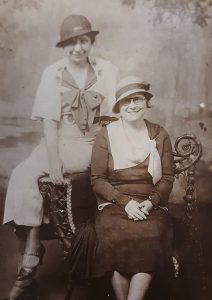Hello readers! My name is Zoey, and I am an intern at the St. Mary’s College of Maryland archives this spring. I am currently in a graduate program for archives at the University of Maryland, and I graduate in May 2022! The school requires each student to complete an internship before they graduate.
During my time here, I was assigned to read and describe the Lura Frances Johnson Letters (MSS 097) [link to: https://smcm.as.atlas-sys.com/repositories/2/resources/153 ]. I created the scope and contents notes within the finding aid for the archive’s website. Before I go into detail about what the process was like, I would like to give some background information on Lura. Miss Johnson was originally from West Point, Georgia and taught math at St. Mary’s Female Seminary, the predecessor institution of St. Mary’s College of Maryland, from about 1928-1943. The majority of the letters were written to her mother. The letters in this collection describe the daily events happening to her at the time. This collection is a significant example of a teacher’s perspective on routine life at the school.

Lura Frances Johnson (left) and Helen Leighley (right), a fellow St. Mary’s Female Seminary teacher, in Cleveland (MSS 097 Box 1 Folder 12)
Initially, I found the letters difficult to interpret. Lura wrote most of her letters in cursive. Since Miss Johnson was a teacher, I expected her to have neat cursive letters, but I was incorrect. After reading through a couple of her letters, I began picking up on her handwriting, and it was much easier reading through them. This assignment was the perfect task for me to dip my feet into the archival world. It was challenging yet, rewarding when I finally deciphered Lura’s writing.
The key debate in archival work is whether we should process our collections with a minimalist or a maximalist perspective. My mentor and I decided it would be best to take a maximalist approach when processing these letters. Because these letters provide a unique perspective on the school’s history, we believed it would be best to summarize all the letters written by Miss Johnson. By adopting the maximalist approach to these letters, we will be able to support our students in the future. This is because we have a precise understanding of the information contained in these letters. Robert S. Cox states in his article Maximal Processing, or, Archivist on a Pale Horse, “If a collection is less well described, less well organized, and less well understood, logic dictates that, all things being equal, it must take longer for archivists to navigate the collection when conducting reference work or when performing any of the other tasks that make use of the actual materials” (Cox, 2010). By taking the time to read through and summarize these letters, we will be able to better help our students look for materials to support their research. While the maximalist approach worked for this finding aid, we cannot use this approach to process all of the materials in an archive because it would take too much time to process.
Lura filled her letters with the daily activities of her life. During part of her time at the college, Miss Johnson was completing her master’s degree. She wrote her mother consistently about how her thesis was coming along. Within these letters, you can practically feel the stress, joy, and relief when she finally finished her thesis.
Overall, I have learned a lot from my time interning at the St. Mary’s College of Maryland Archive. I am so appreciative of this opportunity to learn the daily operations of a university archive. The task I had of creating a scope and contents for these letters was a great first task in my archival career. I cannot wait to see what is in store for my future and will be forever thankful for this opportunity!
Zoey Downs
Archives Intern
References
Robert S. Cox (2010) Maximal Processing, or, Archivist on a Pale Horse, Journal of Archival Organization, 8:2, 134-148, DOI: 10.1080/15332748.2010.526086













